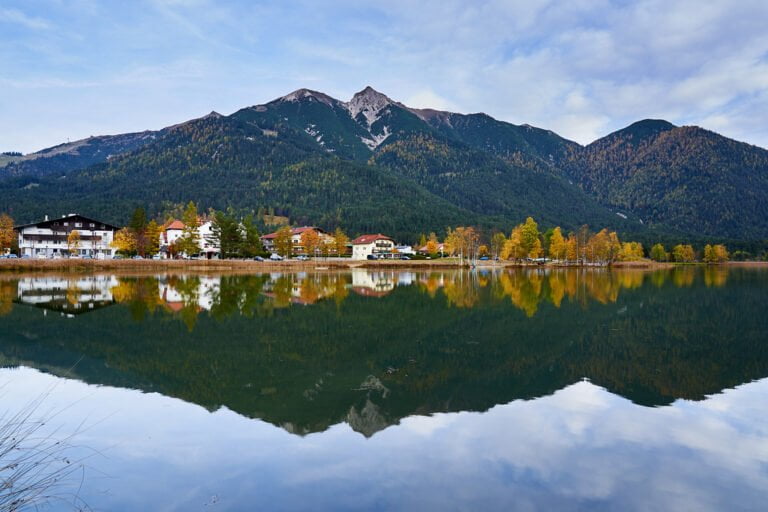Can I Camp Anywhere in Shenandoah?
Shenandoah National Park offers various camping options, but camping is not allowed just anywhere in the park. Certain areas are protected for their natural or cultural significance, and backcountry camping requires a free permit and adherence to specific regulations. While developed campgrounds provide amenities, dispersed camping allows for seclusion, but it's essential to follow park rules and Leave No Trace principles. Group size is limited, and campfires are only allowed in designated campsites. By understanding the park's regulations and guidelines, campers can enjoy Shenandoah's natural beauty while preserving it for future generations – learn more about how to plan a responsible camping trip.
Backcountry Camping Regulations
Shenandoah National Park's backcountry camping regulations are designed to preserve the park's natural resources and guarantee a safe, enjoyable experience for all visitors. To camp in the backcountry, a free permit is required, which can be obtained at park visitor centers or through the park's website. Campers must follow Leave No Trace principles, keeping campsites at least 100 feet from water sources and trails. Campfires are only allowed in designated campsites and must be fully extinguished before leaving. Group size is limited to 10 people, and camping is not allowed in certain areas, including above 2,500 feet in elevation. By following these regulations, campers can help protect Shenandoah's fragile ecosystem while enjoying the park's stunning natural beauty.
Campground Options in Shenandoah
Four developed campgrounds, each with its unique character and amenities, offer a range of options for visitors seeking a more accessible and convenient camping experience within Shenandoah National Park. Mathews Arm Campground, located near the park's visitor center, provides easy access to hiking trails and scenic drives. Big Meadows Campground, situated in a lush meadow, offers amenities like flush toilets and potable water. Lewis Mountain Campground, the smallest and most rustic, is perfect for those seeking a more secluded experience. Loft Mountain Campground, the largest, boasts stunning views of the surrounding mountains. Reservations can be made through recreation.gov, and availability is limited during peak season.
Dispersed Camping in Shenandoah
For those seeking a more rugged and isolated camping experience, dispersed camping in Shenandoah offers a unique opportunity to connect with nature. To successfully dispersed camp, you must identify secluded spots that align with park regulations, ensuring a peaceful and undisturbed experience. By understanding the rules and guidelines, campers can responsibly enjoy the beauty of Shenandoah's wilderness areas.
Finding Secluded Spots
What makes dispersed camping in Shenandoah so alluring is the opportunity to escape the crowds and find secluded spots where nature's serenity can be fully immersed in. To find these hidden gems, it's essential to venture off the beaten path. Look for areas with minimal road access, dense tree cover, and proximity to water sources.
- Scour topographic maps for areas with minimal road access and dense tree cover
- Investigate areas near streams, rivers, or lakes for a peaceful atmosphere
- Consider camping at higher elevations for breathtaking views and seclusion
Following Park Rules
While finding secluded spots in Shenandoah's wilderness is a significant part of the dispersed camping experience, it's just as crucial to guarantee that your adventure doesn't come at the cost of the environment or other visitors by following the park's rules and regulations. Familiarize yourself with the park's backcountry camping rules, including restrictions on campfires, group size, and waste disposal. Respect any posted signs or closures, and stay on designated trails to minimize your impact on the environment. Additionally, be mindful of quiet hours, generator use, and food storage to avoid disturbing other campers. By following these guidelines, you can have a safe and responsible dispersed camping experience in Shenandoah National Park.
Areas Closed to Camping
Several areas within Shenandoah National Park are closed to camping to protect sensitive habitats, preserve historic sites, and guarantee visitor safety. These closures are essential to maintaining the park's delicate ecosystem and ensuring a safe and enjoyable experience for all visitors. Some areas are closed due to:
- Wildlife habitats: Certain areas are home to endangered or threatened species, and camping would disrupt their natural habitats.
- Historic sites: Camping near historic sites could damage cultural resources or artifacts, compromising their integrity.
- Steep terrain: Areas with steep slopes or unstable terrain pose a significant risk to camper safety.
It is essential to respect these closures and plan your camping trip accordingly to avoid any potential risks or harm to the environment.
Camping Permits and Reservations
When planning a camping trip in Shenandoah, understanding the regulations surrounding permits and reservations is crucial. To guarantee a smooth and enjoyable experience, campers must be aware of the rules governing backcountry camping, as well as any exemptions that may apply. By familiarizing themselves with these guidelines and meeting critical deadlines, campers can secure the necessary permits and reservations to make their trip a success.
Backcountry Camping Rules
One essential aspect of planning a backcountry camping trip in Shenandoah National Park is obtaining the necessary permits and making reservations in advance. This is vital to guarantee a safe and enjoyable experience for both you and the park's natural resources. The park operates on a permit system, which helps to manage the number of campers and minimize the impact on the environment.
- Permits are required for all backcountry camping trips
- Reservations can be made up to 30 days in advance
- A $15 permit fee is required for each campsite
Permit Exemptions Explained
While most backcountry camping trips in Shenandoah National Park require a permit, there are certain exemptions that apply to specific groups and circumstances. For instance, children under 14 years old and individuals with an America the Beautiful Access Pass do not need a permit. Additionally, permit exemptions apply to day-use visitors, those staying in frontcountry campsites, and participants in ranger-led programs. It's essential to note that even if a permit is not required, all campers must still follow park rules and regulations. If you're unsure about permit requirements or exemptions, it's always best to check with park authorities or the park's website for the most up-to-date information.
Reservation Deadlines Matter
In addition to understanding permit exemptions, it's just as essential to plan ahead and make timely reservations, as Shenandoah National Park has specific deadlines for securing camping permits and reservations. Failure to meet these deadlines can result in denied permits or reservations, leaving you without a place to camp. To avoid this, be aware of the following key deadlines:
- Backcountry camping reservations: available 30 days in advance
- Frontcountry camping reservations: available 6 months in advance
- Group camping reservations: available 12 months in advance
Responsible Camping Practices
Practicing responsible camping habits is essential to preserving the natural beauty of Shenandoah and minimizing the environmental impact of your visit. This includes adhering to the 'Leave No Trace' principles, which emphasize respecting wildlife, keeping a clean campsite, and properly disposing of waste. Be mindful of campfire safety, and only build fires in designated areas. Additionally, refrain from cutting or damaging trees, and avoid polluting water sources. By following these guidelines, you can enjoy the great outdoors while preserving Shenandoah's natural wonders for future generations. Remember, responsible camping is a collective effort, and every camper plays a crucial role in protecting this precious resource.


